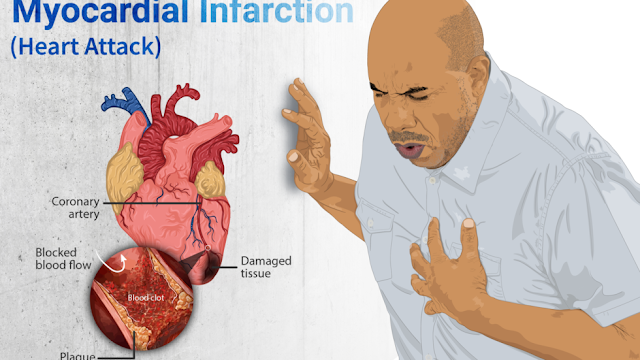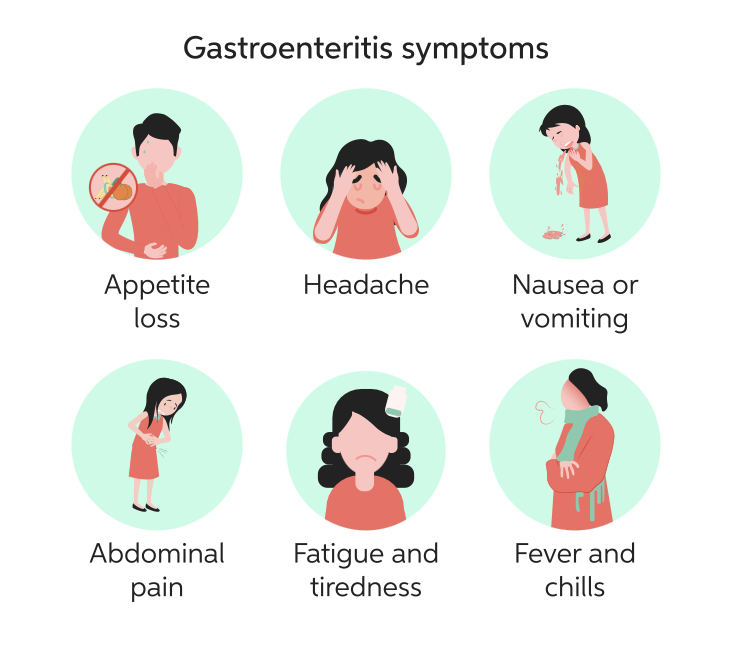Time Management: How to Make the Most of Your Time

Time Management: How to Make the Most of Your Time Time is precious, it's your life! Time is a precious commodity, and as busy professionals, we are constantly struggling to find enough of it. However, effective time management can help us make the most of the time we have, allowing us to achieve our goals, reduce our stress levels, and improve our overall productivity. In this article, we will explore some effective time management strategies that you can use to make the most of your time and achieve your goals. 1-Set Clear Goals One of the most important aspects of effective time management is setting clear goals. Without clear goals, it can be difficult to prioritize our time and stay focused on what's important. 2-When setting goals, it's important to make sure they are specific, measurable, achievable, relevant, and time-bound (SMART). This will help ensure that your goals are achievable and will provide you with a clear path towards achieving them. 3-Create a Schedul






